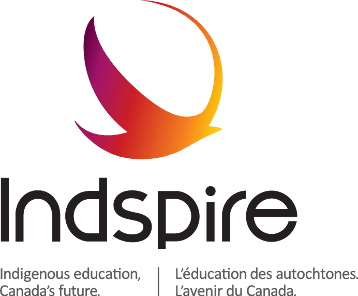Greetings, new graduates! Stepping into the professional world can be a thrilling yet daunting journey. It all begins with an effective resume that not only speaks about your qualifications but also portrays your unique heritage and culture. This blog post is dedicated to you, the ambitious graduates of First Nations, Métis, and Inuit ancestry, guiding you to create a resume that shines brightly in the professional realm.
1) Getting Started – The Basics
Start with the basic details – your name, contact information, and a professional summary. This summary should encapsulate your skills, experiences, and career goals in a concise manner. If you’re new to the workforce, you can focus on your academic achievements and any transferable skills you’ve acquired from post-secondary or extracurricular activities.
2) Highlighting Your Education
Your education section will be a focal point of your resume since you’re a recent graduate. List your degree, the name of your institution, and your graduation date. If you have a high GPA, received any honours, or completed relevant coursework, do include those. This section offers an opportunity to demonstrate your academic prowess and dedication to your field of study.
3) Showcasing Relevant Experiences
If you’ve had part-time jobs, internships, or been involved in academic research, list these under the ‘Experience’ section. Use bullet points to describe your roles, responsibilities, and achievements. When doing so, try to quantify your accomplishments with numbers, as they can make your claims more tangible and impactful.
4) Including Skills and Certifications
You should also include a ‘Skills’ section, where you list abilities relevant to the job you’re applying for. These could be technical skills (like proficiency in specific software or tools), soft skills (like communication or teamwork), or languages spoken. If you have any certifications, include those too, as they demonstrate a commitment to ongoing learning.
5) Incorporating Cultural Heritage
As a graduate of First Nations, Métis, or Inuit ancestry, your unique cultural heritage can be a powerful asset. Many employers today value diversity and inclusivity, seeking employees who can bring different perspectives to their team. If you’re comfortable doing so, consider including a section on your resume dedicated to your heritage.
You could title this section ‘Cultural Background’ or ‘Community Involvement’, and include any roles you’ve had within your community, traditional skills you’ve learned, or relevant initiatives you’ve participated in. For instance, if you’ve been involved in Indigenous art projects, cultural preservation activities, or community development efforts, these can all be valuable additions.
6) Crafting a Tailored Resume
Every job is different, and so your resume should reflect this for each separate application. Tailoring your resume to the specific job you’re applying for shows the employer that you’re serious about the role and understand what it requires. Review the job description closely and highlight experiences and skills that align with it.
7) Proofreading and Formatting
Finally, make sure your resume is free from errors and looks professional. Use consistent fonts, bullet points, and headings. Keep the length to one or two pages max. Have a trusted friend or mentor review it for any errors or areas that could be improved. (Don’t skip this step – another pair of eyes can catch things you might have overlooked!)
As you embark on this new chapter, remember that your resume is a living document that will evolve and grow with you. Keep it updated as you gain new experiences and achievements. Above all, let it be a reflection of you – not just your professional accomplishments, but also your unique cultural heritage and individuality. Good luck on your journey, and may your path be filled with success and fulfillment!






